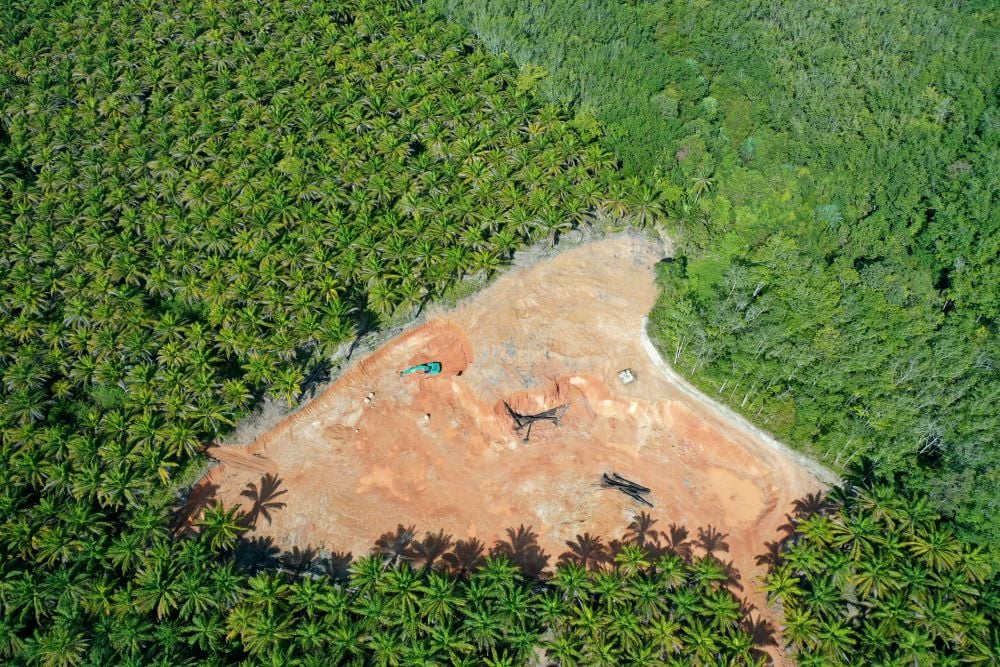Investors and asset managers in the Chinese market are shifting the focus of their asset allocation and investment strategies based on new realities shaping the Year of the Tiger.
Based on the latest outlook briefings, research reports, and pronouncements by leading industry players, there is a growing consensus that the traditional model for asset allocation in China, which is based on investing in companies that are considered to be the most efficient in allocating their capital, has been upended by major developments in the market.
These developments are the government’s focus on “common prosperity”, the advance of the state and retreat of the private sector, and the government’s long-term green development strategy – not necessarily in that order.
This means that an investment strategy based solely on the premise that the private sector provides better returns and is better at allocating capital than the public sector, without considering these developments, is not likely to be successful in China going forward.
For an investor or asset manager, changing the focus of their investment strategy and asset allocation is an important step that is not to be taken lightly. Perhaps the Year of the Tiger is the best time to do it, the “tiger” being a symbol of strength, exorcising evils, and bravery in the Chinese zodiac.
“Common prosperity” is simply reducing the wealth gap, the advance of the state and retreat of the private sector is a consequence of recent regulatory reforms in response to excesses in the business sector, while the long-term green development strategy is in line with China’s commitment to achieve net-zero greenhouse gas (GHG) emissions by 2060.
“We're seeing that in the property sector,” says Mark Matthews, head of research, Asia-Pacific, at Julius Baer. “We thought when the property sector first started running into trouble that the good-quality, well-run private developers would be coming in and snapping up assets from the weak ones. But actually it’s the state-owned enterprises that are taking control. So it looks like that sector is going to become much more public sector-dominated. It’s clearly becoming run differently than it was before.”
Policy shifts
Matthews, however, warns that as China is the world’s second largest financial market, to have no exposure in it would be very dangerous, and it would be advisable for investors to keep in mind the common prosperity theme and the growing role of the state when making asset allocation decisions.
Philip Saunders, co-head of multi-asset growth at asset manager Ninety One, explains that the reaction functions of Chinese policymakers are changing materially with the policy shifts focusing on what he calls the “five pivots”, representing the rollout of President Xi Jinping’s priorities leading to this autumn’s 20th Party Congress.
The “five pivots” are income/wealth distribution, environment, national security and sufficiency, curbing financial risks, and anti-monopoly and regulation.
“In 2022 the authorities’ priority is shifting towards growth stabilization, so four of the five will probably take a back seat,” Saunders says. “The exception is environmental investment, which could be accelerated to support growth.
“And while the priorities are set, the pace is not. 2022 is going to be a year of stability and supporting growth, which means that tight policy in some areas, like internet regulation, will have to be loosened, which we saw indications of at the end of 2021.”
While 2021 focused on regulation and deleveraging, the themes for 2022 will be gradual stimulus and a search for stability, although the stimulus is going to be gradual because policymakers want the economy to transition to a new equilibrium. Saunders argues that depending on how the economy performs, policymakers could decide to pursue a stronger stimulus sometime this year.
Green development
Most important, China has been shaping up its long-term green development strategy and has introduced a number of key policies and set specific timelines for implementation since September last year, according to Deutsche Bank Research.
“We believe these actions set the stage for green/ESG investment and financing as the most important market theme in the coming decades,” says Linan Liu, strategist for Deutsche Bank Research. “In 2022, we expect China will continue to refine the “1+N” policy framework. We expect fiscal stimulus spending to focus on green infrastructure investment in 2022, mostly in new infrastructure for clean energy, digitalization, data centre, 5G, etc.”
As such, green investment is expected accelerate in 2022 and with favourable policy and regulatory support. Specifically, the China-EU Common Ground Taxonomy likely will be finalized and officially introduced later in 2022, becoming the first global common taxonomy for green finance.
Also, financial regulators are expected to consider introducing new policy tools and favourable regulatory conditions to incentivize commercial banks to extend credits.
“Green investment is a multi-decade theme and China’s annual green financing demand is estimated at 2.5 trillion yuan to 16 trillion yuan (US$395.35 billion to US$2.53 trillion) on average before 2060 by industry experts. Green investment will accelerate in 2022 and with favourable policy and regulatory backing, we expect robust growth in regulation, structure and the breadth of China's green finance market in 2022,” Liu says.









